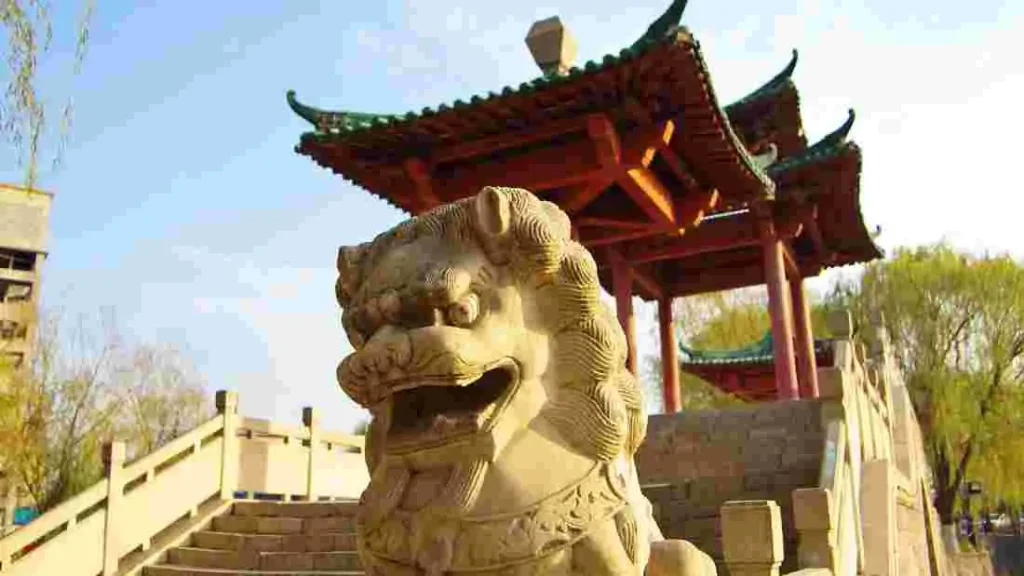The Mughal Empire, one of the most powerful and influential dynasties in Indian history, ruled over the Indian subcontinent for nearly three centuries. The dynasty was not only renowned for its grandeur and luxury but also for its complex family tree. Understanding the Mughal Empire tree is crucial to comprehend the dynamics, politics, and succession within this illustrious dynasty.
Babur: The Founder of the Mughal Dynasty
The Mughal dynasty traces its origins to Babur, a descendant of Genghis Khan and Tamerlane. Babur, a Chaghatai Turkic-Mongol prince, established the Mughal Empire in India by defeating Ibrahim Lodhi at the First Battle of Panipat in 1526. Babur’s reign marked the inception of the Mughal dynasty in India.
Humayun: The Heir and His Challenges
Babur was succeeded by his son, Humayun, who faced numerous challenges during his reign. Humayun had to contend with rebellions, foreign invasions, and internal strife. His brief rule was marked by periods of exile, but his determination and resilience kept the Mughal lineage intact.
Akbar: The Great Expander
Akbar the Great, one of the most renowned Mughal emperors, succeeded Humayun. Under Akbar’s rule, the Mughal Empire expanded significantly. He implemented policies of religious tolerance, administrative reforms, and cultural patronage. His long and prosperous reign solidified the Mughal dynasty’s position in India.
Jahangir: The Patron of the Arts
Akbar’s son, Nur-ud-din Muhammad Salim, known as Jahangir, ascended to the throne. Jahangir is remembered for his love for the arts and his patronage of Persian and Mughal culture. His rule witnessed the flourishing of art, literature, and the fine arts, making it a culturally rich period in Mughal history.
Shah Jahan: The Builder of Marvels
Shah Jahan, the fifth Mughal emperor, is best known for his architectural legacy. During his reign, he commissioned some of the most iconic monuments in history, including the Taj Mahal, as a symbol of his love for his wife, Mumtaz Mahal. Despite his extravagant construction projects, his reign also saw economic prosperity and expansion.
Aurangzeb: The Controversial Figure
Aurangzeb, the sixth Mughal emperor, is a controversial figure in the Mughal family tree. While he expanded the empire to its greatest territorial extent, his reign was marked by religious orthodoxy and intolerance. His policies of religious oppression and strained finances ultimately weakened the Mughal Empire.
Decline and Fragmentation
Following Aurangzeb’s death, the Mughal Empire entered a period of decline and fragmentation. The empire’s vast size, coupled with internal strife and external invasions, contributed to its weakening. The Mughal family tree continued to branch out as various regional governors and nawabs asserted their autonomy.
The Marathas and the British East India Company
During the 18th century, the Marathas and the British East India Company emerged as powerful contenders for control over different regions of India. The Mughal emperors during this period held nominal authority, while real power lay in the hands of these regional powers.
Bahadur Shah II: The Last of the Mughals
Bahadur Shah II, alternatively known as Bahadur Shah Zafar, held the position of the final Mughal emperor. His reign marked the twilight of the Mughal dynasty. Following the Indian Rebellion of 1857, he was captured by the British and exiled to Rangoon, where he spent the remainder of his life.
Conclusion
The Mughal Empire tree is a tapestry woven with the threads of ambition, power, culture, and legacy. It tells the story of a dynasty that shaped the course of Indian history and left an enduring imprint on the subcontinent. From the founder, Babur, to the last emperor, Bahadur Shah II, each ruler added a layer to the rich narrative of the Mughal Empire. While the empire itself may have faded into history, its legacy continues to thrive, reminding us of its profound impact on India and the world.





